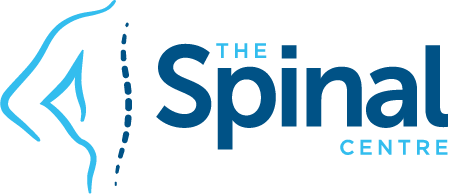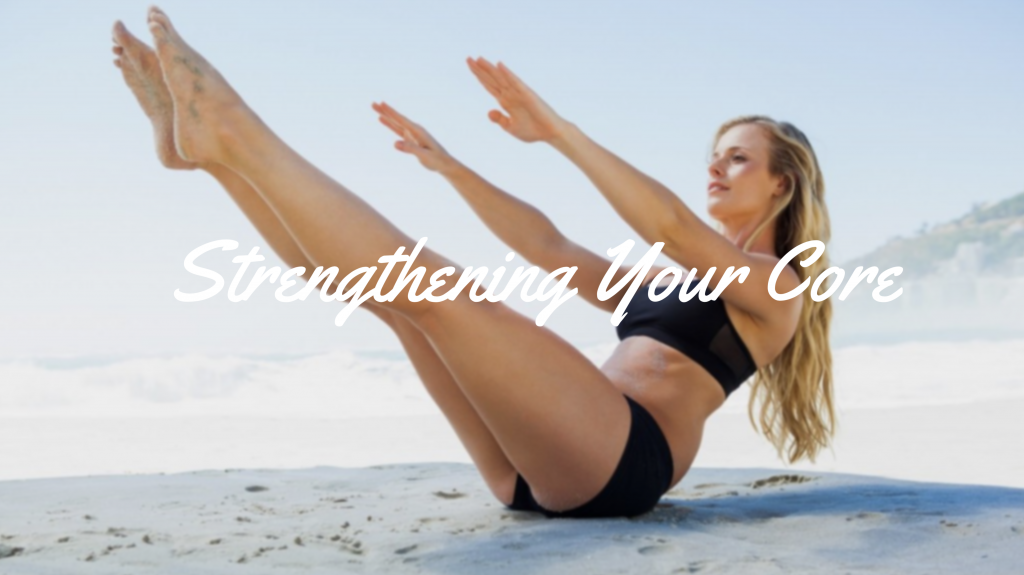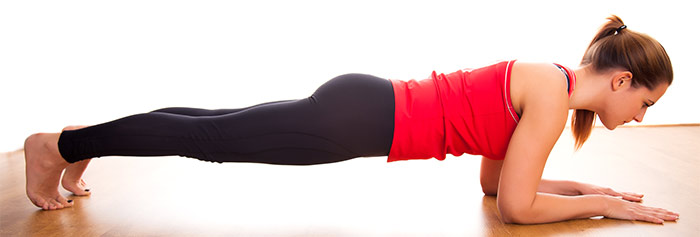
Core Strength and Back Pain
It is important to have an understanding of the ‘core’ muscles and their function in core stability. The ‘Core’ muscles develop what we call the powerhouse, essentially consisting of a ‘box’ of muscles. This includes the abdominals (the front), paraspinal’s and gluteals (the back), diaphragm (the roof), and the pelvic floor and hip girdle muscles (the floor).
There is a great misconception that solely working on the abdominal muscles (Tranverse abdominus, Rectus abdominus, internal and external obliques), and thus, that having a ‘six pack’ means you have a strong core. Focusing on exercises that only target these muscles, such as sit-ups, can increase the risk of injury as the back is put under excessive load.
Ensuring correct posture is executed during exercises and movements will assist in strengthening core muscles. Correct posture, means to draw in the belly button and tuck in the tail bone while bending, lifting, carrying objects or completing exercises. Through building core strength; overall core stability is improved which can assist in not only the rehabilitation of back injuries, but also the prevention of spine pain and disorders.

The mobility of the lumber spine is directly related to and controlled by the transverse abdominis (TrA) muscle. Research has shown that individuals without lower back pain have activation of the TrA prior to limb movement, compared to those with lower back pain have a delayed activation pattern. Activation of the TrA means that the lumbar spine is supported while performing activities such as bending to pick up an object or heavy lifting/carrying.
Exercise; specifically core exercises are often a forgotten or misunderstood treatment for lower back pain. These muscles support and brace the spine during movement. Therefore, strengthening them can help to prevent further flare ups and allow distal muscles like the hamstrings, to work more efficiently.
A plank, or bridge is a great exercise to start building core stability. The exercise works to increase the core strength and muscular endurance by activating the Tranverse Abdominus (deep), multifidus (spinal muscles), rectus abdominus (superficial layer) and the internal/external oblique (Sides).
Strengthen Your Core – How to Complete a Plank
Starting Position: Begin face down with forearms and feet touching the floor
Movement: Lift your body up in a plank like fashion, keeping a straight line from shoulder to toes. Do not let your hips drop or sag this can cause extra pressure on the lower back, prevent this by engaging the core by drawing in at the belly button. Once in position you should not move and hold for as long as possible in this position.

Other ideas for exercises are Glute bridges, Bird dog, side planks, dead bug and Pulloff press with a Theraband. If you are interested in any of these exercises and are unsure about them, please ask myself or the rehab team on how to do them correctly!
Kelly Williams
Accredited Clinical Exercise Physiologist at The Spinal Centre.
With a Bachelor of Exercise/Sports Science and a Masters in Clinical Exercise Physiology, Kelly specialises in the rehabilitation of disc injury patients through specific and individualised exercises that improve core stability, posture and balance.
References
Richardson, C. A., Snijders, C. J., Hides, J. A., Damen, L., Pas, M. S., & Storm, J. (2002). The relation between the transversus abdominis muscles, sacroiliac joint mechanics, and low back pain. Spine, 27(4), 399-405.
Akuthota, V., & Nadler, S. F. (2004). Core strengthening. Archives of physical medicine and rehabilitation, 85, 86-92.
Webexercise.com
The Spinal Centre – Neuro-Musculoskeletal SolutionsThe Spinal Centre provides the Best Natural Medicines, Health Products and Nutritional Solutions to Free You of Pain and Improve Your Spinal Health.The Spinal Centre is a leader in the management and treatment of spinal pain and disability including:
- Chronic Back and Neck Pain
- Cervical and Lumbar Disc Injuries with or without neruological changes
- All forms of arthritis including rheumatoid arthritis, psoriatic arthritis and osteoarthritis
- Neurodegenerative diseases such as Parkinson’s and Alzheimer’s disease
- Neuromuscular problems such as chronic back pain, headaches, migraines, neck or spinal pains
- Myofascial pain syndromes such as fibromyalgia, diffuse muscular or joint pains
- Austistic spectrum disorders including ADD, ADHD, learning difficulties and autism
- Fatigue, energy and mood disorders including chronic fatigue and depression
The Spinal Centre focuses on resolution with the development of individualised treatment programs using Conservative and Integrative Medicine; combining genetic, metabolic and nutritional testing with specific natural medicines to enhance your health and achieve your genetic potential.We have helped thousands – Why Not You?





